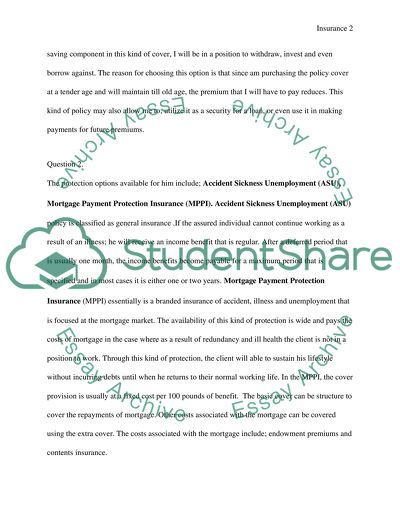Cite this document
(“The Questionary: Insurance and Pensions. ASU, MPPI Outline”, n.d.)
Retrieved from https://studentshare.org/finance-accounting/1398573-insurance-and-pensions
Retrieved from https://studentshare.org/finance-accounting/1398573-insurance-and-pensions
(The Questionary: Insurance and Pensions. ASU, MPPI Outline)
https://studentshare.org/finance-accounting/1398573-insurance-and-pensions.
https://studentshare.org/finance-accounting/1398573-insurance-and-pensions.
“The Questionary: Insurance and Pensions. ASU, MPPI Outline”, n.d. https://studentshare.org/finance-accounting/1398573-insurance-and-pensions.


